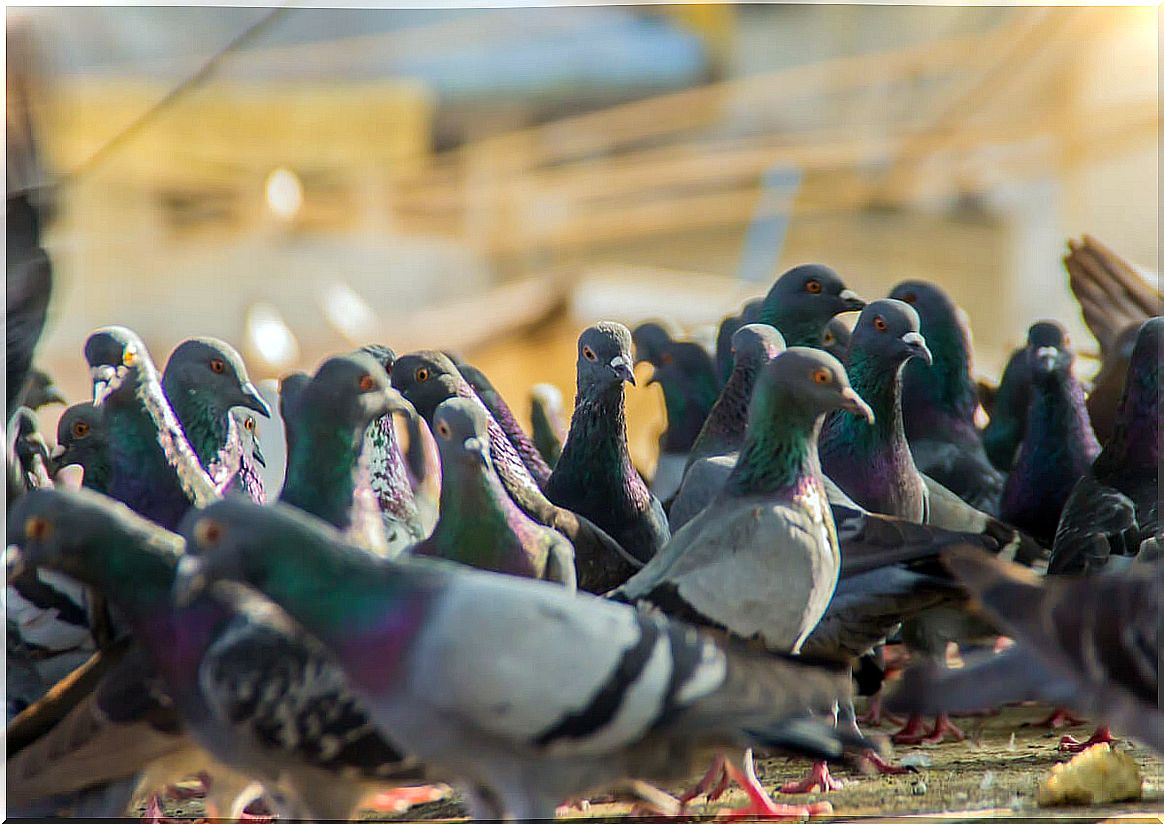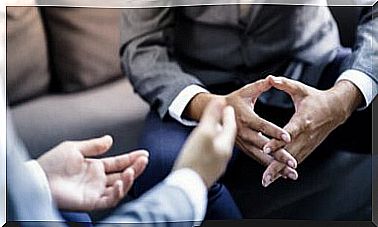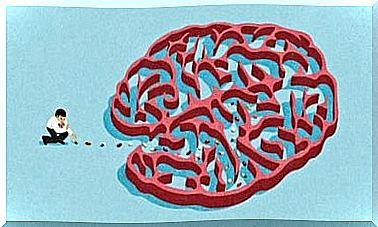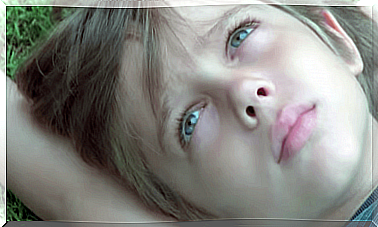Colombophobia: The Pigeon Panic

Specific phobias are anxiety disorders, and according to a study by ESEMeD-Spain (2006), they have an annual prevalence of 3.6% (vs. 4.52% of the vital prevalence). They are the most prevalent anxiety disorders in the population; One of these phobias is pigeon panic or pigeon panic.
Specific phobias, and more specifically, animal phobias like this one, usually appear in childhood, and if they are not treated, they hardly disappear spontaneously. What symptoms does this disorder present and how can it be addressed from therapy?
Colombophobia: what does it consist of?
Pigeon panic or pigeon panic is a specific animal-type phobia, and specific phobias are anxiety disorders. They are characterized by an irrational, intense and disproportionate fear of a certain stimulus or situation; in this case, the pigeons.
Avoidance (behavioral symptom), psychological symptoms (discomfort at the mere idea of thinking of a pigeon) and physiological symptoms such as tachycardia, sweating or pressure in the chest also appear when one thinks of the phobic stimulus or when one is in front of it. The more severe the phobia, the earlier the symptoms appear. For example, at the very idea of thinking of pigeons.

Disproportionate fear of pigeons and avoidance
Specific phobias go beyond fear, since more than fear we speak of panic or excessive anxiety taking into account the object that produces these reactions. In general, phobias occur before objects or situations that, in themselves, do not have to be dangerous (and if they are potentially dangerous, the symptoms of the phobia are disproportionate).
On the other hand, in specific phobias, such as pigeon-phobia, there is an avoidance of the phobic stimulus (or a “resistance” to it with high discomfort). Thus, the person who suffers from pigeonphobia will avoid, at all costs, being near pigeons.
Causes of pigeon panic
Specific phobias appear for multiple causes, although the most frequent is a traumatic experience with the phobic stimulus. In this case, the most likely cause is a bad experience with pigeons (for example, having suffered damage from this animal).
Also the animal, to some degree, produces disgust, which increases the emotional activation associated with the phobia. Other frequent origins of pigeon phobia have to do with repeatedly receiving, seeing or hearing news from people who have been “attacked” by pigeons, for example, or from family or friends.
On the other hand, a certain personal (biological) predisposition to anxiety disorders could also be at the base of pigeonphobia.
Treatment of pigeon panic or pigeon panic
According to the Guide to effective psychological treatments by Marino Pérez (2010), there are two effective and validated treatments for specific phobias: exposure therapy and cognitive therapy.
Exposure therapy
In pigeonphobia, if working from exposure therapy, the subject will be encouraged to progressively expose himself to pigeons. First, through imagination, then through reality, getting closer to them first, then a little more, etc.
Normally , a hierarchy of items is elaborated from less to more anxious, and the items are “surpassed” little by little. The objective of the exhibition is for the person to be able to cope with the phobic stimulus without appearing all those physiological reactions typical of specific phobias (sweating, pressure on the chest, nausea, dizziness, etc.).
Cognitive therapy
On the other hand, through cognitive therapy, it works mainly through cognitive restructuring. Its objective is to gradually modify the dysfunctional thoughts that the person has in relation to pigeons, and change them for other more realistic and adaptive ones.
Among the thoughts that we can find in someone who suffers from pigeonphobia, we have: “pigeons are dangerous”, “pigeons will hurt me”, “they will scare me”, “I will lose control when they are around”, etc.

Other Approaches: Brief Strategic Therapy
The two mentioned treatments are the most validated from cognitive behavioral therapy, although from other orientations other methods are used. For example, from strategic brief therapy, one works from curiosity.
Thus, the patient is encouraged to develop curiosity, and not so much fear, of the feared object. We also work, from this approach, from practical and creative solutions and, above all, valuing the strategies already used by the patient.
The role of disgust in phobias
And you, are you afraid of pigeons? Have you ever tried to fight it? It is important to differentiate here the authentic panic of this animal from the simple disgust towards it, since in this second case we are not talking about a phobia (if fear or fear does not appear).
However, it is no less true that phobias of animals (such as cockroaches) are associated with a certain disgust for the feared stimulus. And it is that at the base of many phobias is disgust, a physical sensation of displeasure produced by certain stimuli such as the smell or the sight of something that we do not like at all.









